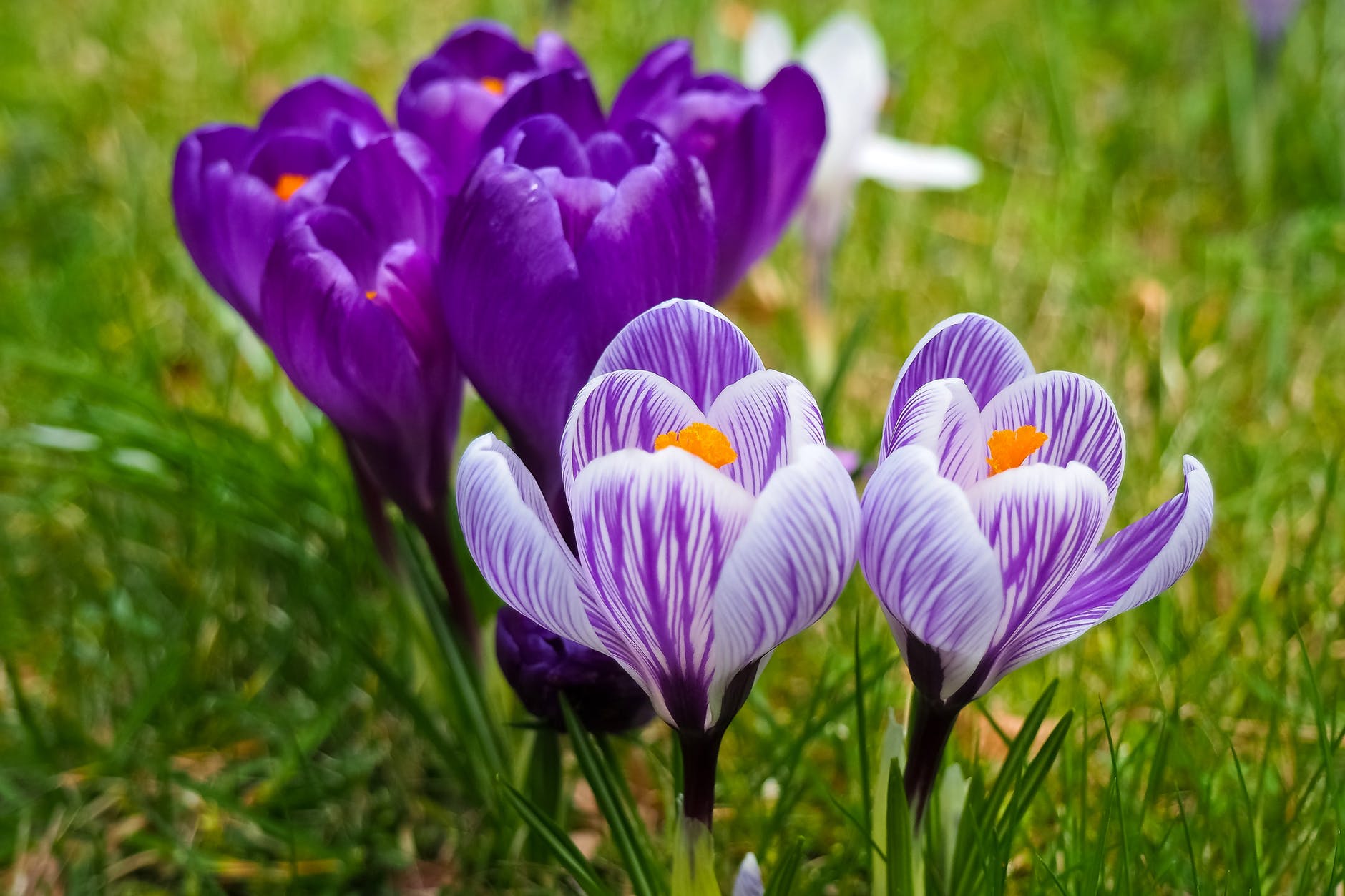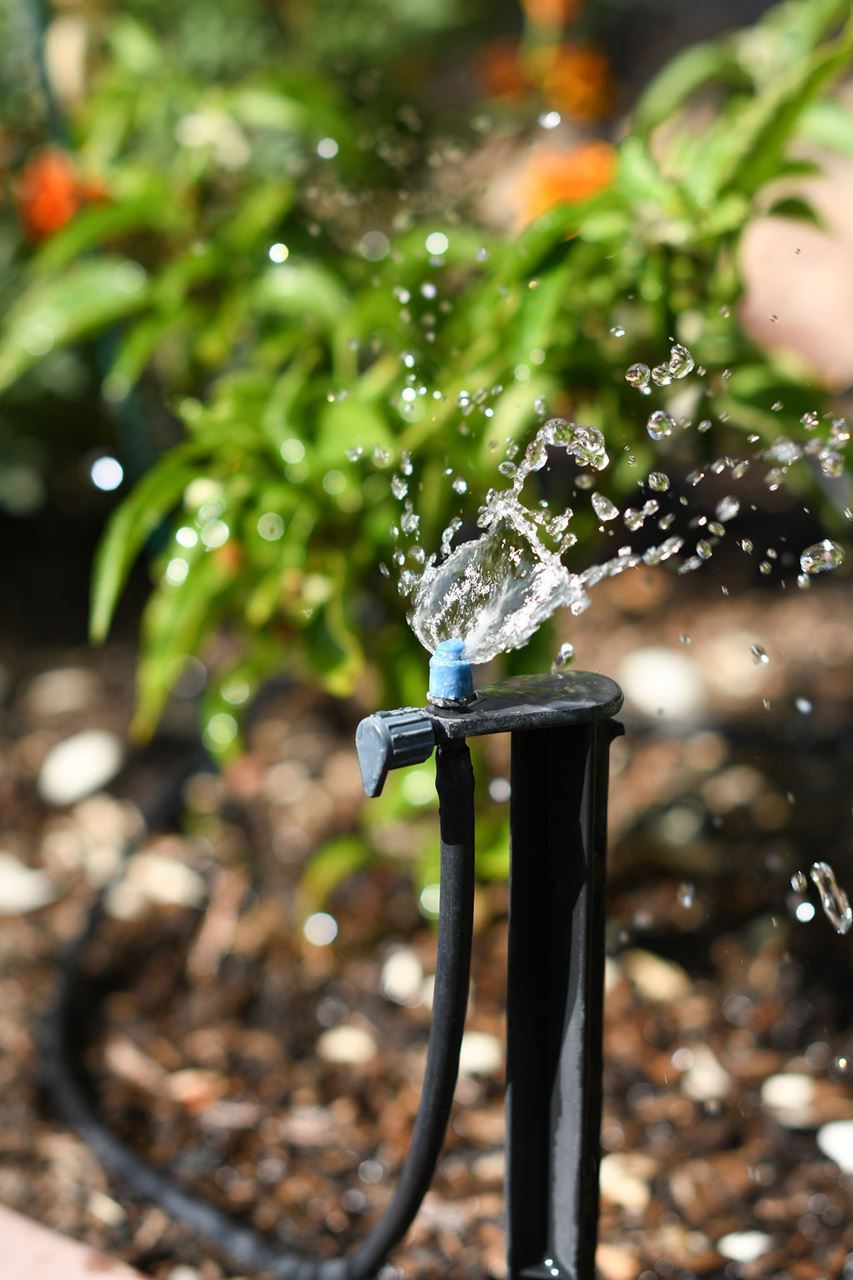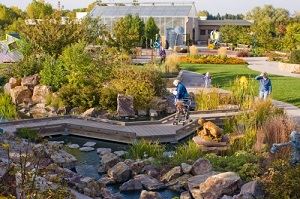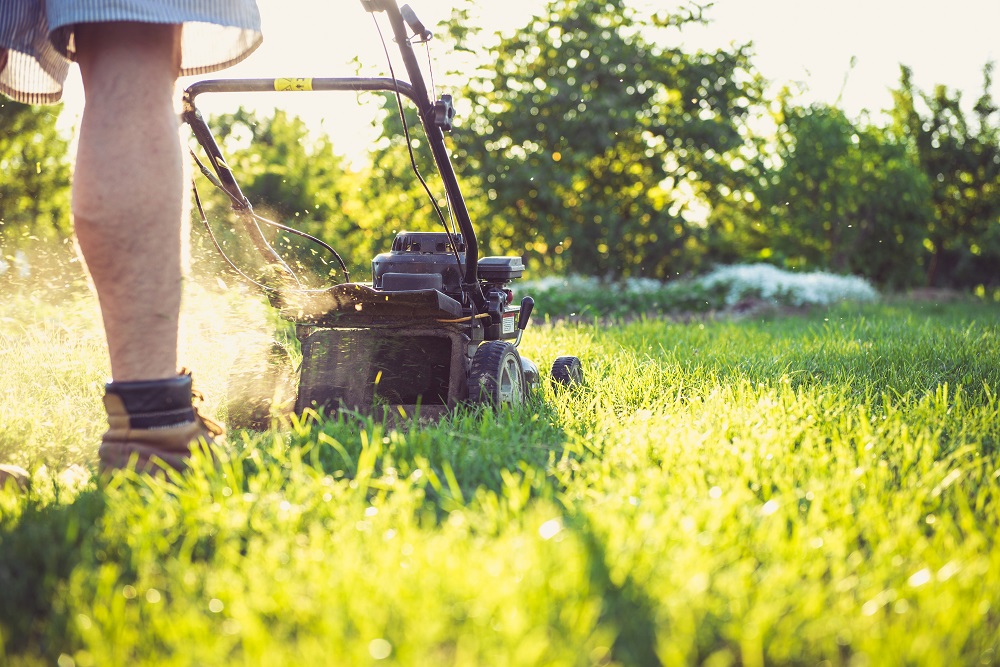We Are Colorado WaterWiseAddressing the state's water challenges by improving water efficiency through diverse community connections, innovative solutions and valuable member resources |
Water Conservation Tipsfor spring & summer |
| As temperatures increase, irrigation systems start turning on. Below are some tips to look into during the spring and summer to maintain a water efficient and healthy outdoor landscape. |
Irrigation |
| In Colorado, irrigation start up timing can vary due to the possibility of spring freezing. A good rule of thumb is to charge the system after Mother’s Day. To reduce water wasted during the irrigation season check the system for the following every month: Irrigation Assessments provide knowledge to optimize sprinkler efficiencies and reduce water use by measuring how evenly water is applied during an irrigation event and the precipitation rate. The data collected can support the operating condition of the irrigation system and identify malfunctioning irrigation parts to replace or adjust. Contact your town or water provider to see if they provide assessments; sometimes they’re offered free of charge. Irrigation scheduling supports a living landscape by monitoring plant material and environmental conditions. The goal is to provide sufficient water to plants by replacing what was lost through evapotranspiration.
|
Right Plant, Right Place
| When installing new plants into the landscape consider the following:
|
SOiL
| Soil is the foundation of a healthy landscape and plants have different soil needs. Although many plants are adaptable, understanding the soil type, the pH, and the soil structure is important to the success of the landscape. Before adding anything, consider getting a soil test. Commercial soil labs can provide information on pH, salinity, and nutrient and mineral availability. Soil testing labs: Many Colorado native plants don’t need soil amendments. Research the plants you're interested in to make sure you choose the Right Plant for the Right Place. |
fertilization |
| Fertilizer can provide essential nutrients and minerals to improve plant growth but can also be wasteful. Understanding the existing soil type and structure will help to address any deficiencies in your landscape.
|
turf aeration |
Annual core aeration supports good soil health by encouraging pore space to reduce soil compaction and allowing water to percolate better into the root zone. Take advantage of natural precipitation during the spring, this softens the soil and allows for deeper core aeration. |
mowing best practices |
|
Follow these best practices to improve the health of your cool-season turf grass and conserve water.
|
mulching |
| Mulching in planting areas is very important, as it reduces moisture evaporation from the soil. The two main types of mulch are organic and inorganic.
Applying mulch at a 3” depth can reduce the number of weed seeds that can germinate. If you are using organic mulch to break down and feed the soil, avoid installing weed barrier, as it prevents the organic matter from being incorporated into the soil. |








%20small.jpg)
%20small.jpg)